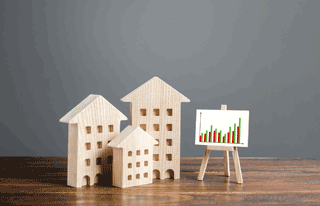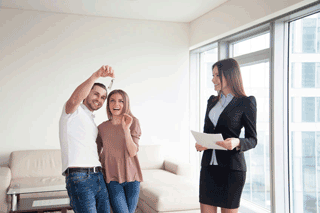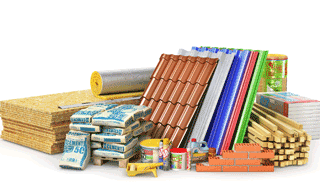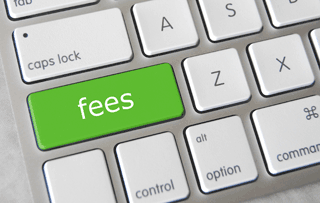Quote Of The Week
“Sales are at very high levels, while the stock on the market is very low, so I think that tightness in the market will see house price gains continue for the rest of this year.”
ANZ senior economist Felicity Emmett
ANZ Predicts 21% Price Growth
 ANZ has lifted its house price growth forecasts, revealing it expects prices to continue to rise for the next two years, although the pace of growth may slow in 2022.
ANZ has lifted its house price growth forecasts, revealing it expects prices to continue to rise for the next two years, although the pace of growth may slow in 2022.
It predicts that Canberra house prices will increase the most by the end of the year, up by 24%. ANZ says Sydney and Hobart house prices will increase by 23%, Brisbane 21% and Melbourne 20%. The bank predicts Darwin house prices will increase 19% by the end of the year, just below the national average increase of 21%.
ANZ has revised its forecasts upwards for every capital city and says lockdowns had failed to dampen buyer demand. It says investors are returning to the market and auction clearance rates are holding firm as listings remain low.
The bank’s forecast for 2022 is for much more subdued growth of 7% nationally, followed by just 3% growth in 2023.
FHBs Active Despite Price Rises
 First home buyers are still keen to gain a foothold in the market despite property price increases throughout Australia.
First home buyers are still keen to gain a foothold in the market despite property price increases throughout Australia.
Analysis by the Real Estate Institute of Australia (REIA) shows that first-home buyers aren’t afraid to take on substantial debt if it means they can buy property. First home buyers are allocating larger proportions of their incomes to paying off a mortgage.
The average family income has increased 112.8% since 2001 but average home loan repayments have gone up 179.4%. The average home loan has increased from $157,239 to $548,323 and there are 67% more first-home buyers in the market now than 20 years ago.
REIA president Adrian Kelly says many first-home buyers are not afraid of taking on debt, as they want to escape the rent cycle and liked the security of bricks and mortar.
Bernard Salt, executive director of The Demographic Group, chalks the dynamic up to the maturing millennial generation finally giving up their cosmopolitan inner-city lifestyles for a house in the suburbs.
Lockdowns Fail To Dampen Growth
 Prolonged lockdowns have done little to dampen property price growth with CoreLogic figures revealing prices are continuing to increase in both NSW and Victoria despite being under strict stay-at-home orders.
Prolonged lockdowns have done little to dampen property price growth with CoreLogic figures revealing prices are continuing to increase in both NSW and Victoria despite being under strict stay-at-home orders.
Hesitancy from vendors to list their properties for sale during the lockdown periods has increased competition for a smaller pool of properties and is leading to price increases.
CoreLogic head of research Tim Lawless predicts listings will continue to fall in Melbourne particularly while physical inspections of properties are banned. While listings might be down, transaction numbers have remained stable.
Lawless expects price growth to slow once lockdowns end and more people list their homes for sale. “You wouldn’t expect housing values to continue rising at this pace for such an extended period of time,” he says.
The imbalance between supply and demand has resulted in national property values increasing by 16.1% in the 12 months to 1 August.
Building Costs Continue To Rise
 The cost of building a house in Australia is tipped to become even more expensive as material prices rise and tradies become harder to find. Timber prices, which have soared globally in recent months, will continue to rise, adding substantially to the cost of building a new home.
The cost of building a house in Australia is tipped to become even more expensive as material prices rise and tradies become harder to find. Timber prices, which have soared globally in recent months, will continue to rise, adding substantially to the cost of building a new home.
This, coupled with shipping delays during COVID and high demand for new housing as a result of the federal HomeBuilder scheme, is adding to the pressure.
The 12th International Construction Market Survey from Turner & Townsend says building costs across all major Australian markets are growing much faster than inflation. It predicts the Sydney, Perth, Brisbane, Adelaide and Melbourne markets will experience annual construction cost hikes up to the end of 2023.
The average cost to build in Sydney is now $2640/sqm, Melbourne is $2576, Brisbane is $2448, Perth $2142 and Adelaide $2070. According to Turner & Townsend data, in Sydney over the past 12 months the cost of steel has increased by 10% while rebar is up by 20%.
Council Fees Inflate Housing Costs
 Property continues to be a cash cow for all levels of government, with taxes, fees and charges driving up the cost of new housing.
Property continues to be a cash cow for all levels of government, with taxes, fees and charges driving up the cost of new housing.
Developers are passing the cost of community infrastructure, which they are often required to deliver as part of their approvals, on to home buyers which is driving up the cost of a house by as much as $85,000, according to a study by the National Housing Finance and Investment Corporation (NHFIC).
It says requiring developers to contribute to community or social infrastructure is having a serious impact on affordability.
Chief executive Nathan Dal Bon says initially such contributions were for essential infrastructure like water and drainage. But he says councils who are feeling the pressure not to increase rates are forcing more costs on to developers for non-essential services.
The NHFIC report found developer contributions could add between $25,000 and $85,000 per dwelling in NSW; $37,000 to $77,000 in Victoria; and $29,000 to $42,000 in Queensland.




